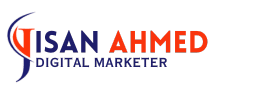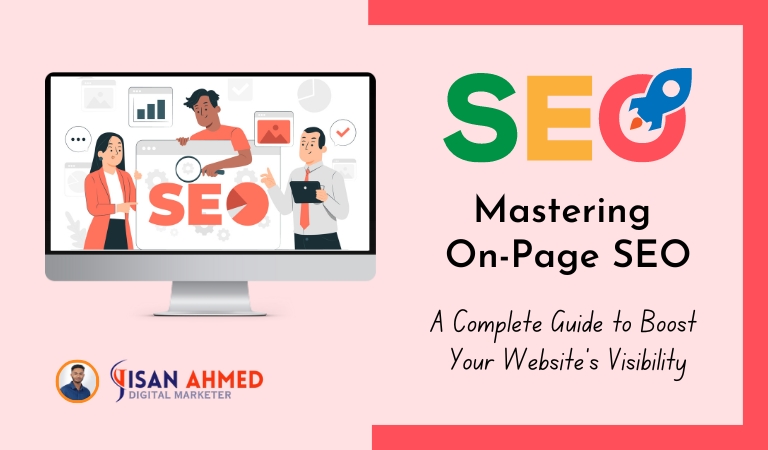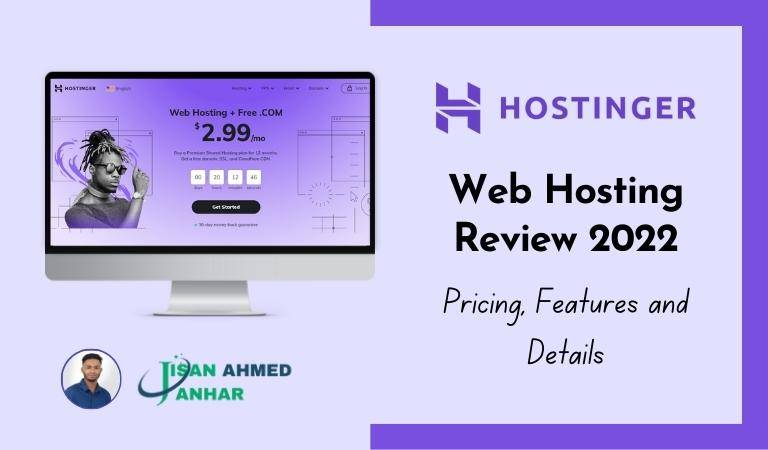Importance of On Page SEO in Digital Marketing
In the ever-evolving world of digital marketing, On Page SEO plays a crucial role in helping websites attract organic traffic, increase engagement, and ultimately achieve higher conversions. By focusing on optimizing each webpage for relevant keywords, providing valuable content, and enhancing the overall user experience, businesses can establish a strong online presence and gain a competitive edge.
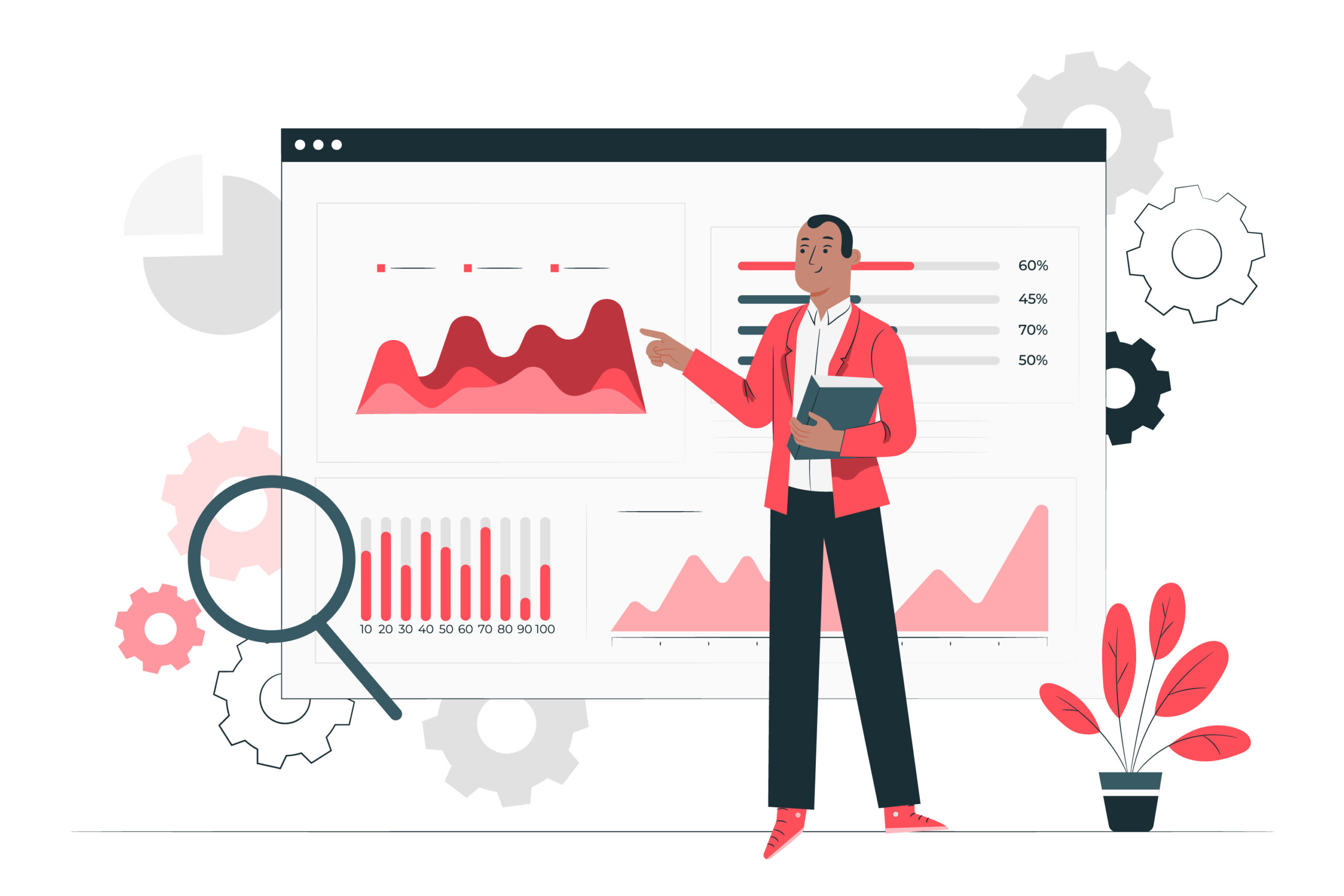
Understanding Search Engine Algorithms
To effectively implement On Page SEO strategies, it is essential to have a basic understanding of how search engines work. Search engine algorithms analyze various factors on a webpage to determine its relevance and quality. By aligning your website with these algorithms, you can significantly improve your chances of ranking higher in search engine results pages (SERPs) and reaching a wider audience.
Keyword Research for On Page Optimization
Importance of Keyword Research
Before diving into On-Page SEO, conducting thorough keyword research is crucial. By identifying the keywords and phrases that your target audience commonly searches for, you can create content that aligns with their needs and interests. This helps increase the visibility of your website and ensures that your content is relevant to the users’ search queries.
Tools and Techniques for Keyword Research
Various tools and techniques are available to assist in keyword research. Popular options include Google Keyword Planner, SEMrush, and Moz Keyword Explorer. These tools provide valuable insights into search volume, competition, and related keywords, helping you identify the most effective keywords to target.
Long-tail Keywords and their Significance
While choosing keywords, it is important to consider long-tail keywords, which are longer and more specific phrases. Targeting long-tail keywords allows you to tap into a more niche audience and attract highly targeted traffic. Additionally, long-tail keywords often have less competition, resulting in better chances of ranking higher in search results.
Crafting Powerful Page Titles and Meta Descriptions
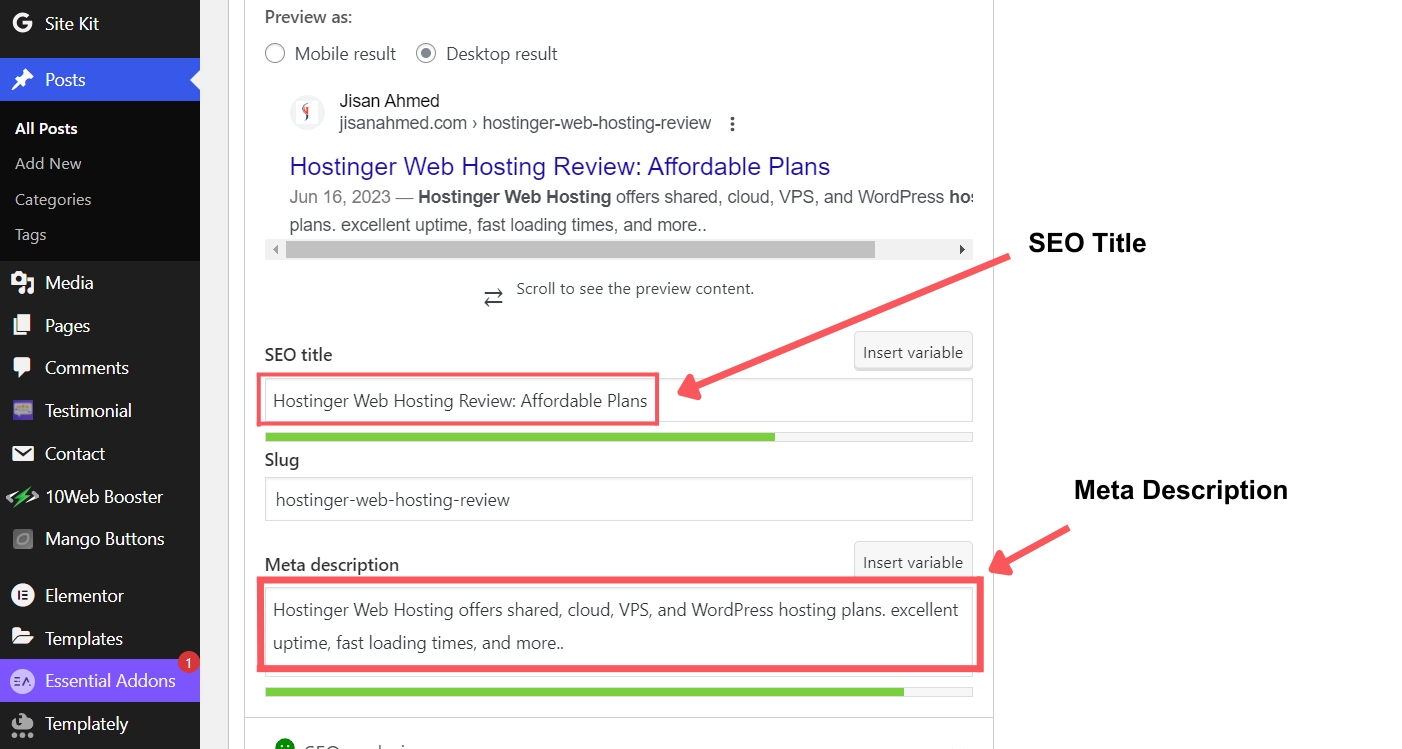
Role of Page Titles and Meta Descriptions
Page titles and meta descriptions are crucial On-Page SEO elements that directly impact a webpage’s click-through rate (CTR) in search results. A well-crafted page title that includes relevant keywords not only enhances the visibility of your website but also entices users to click on the link. Similarly, a compelling and concise meta description can provide a brief preview of the web page’s content, encouraging users to visit your site.
Techniques to Create Attention Grabbing Titles
To create attention-grabbing titles, it is important to incorporate relevant keywords while ensuring the title remains concise and engaging. Including action words, numbers, and creating a sense of urgency can further increase the clickability of your titles. Experimenting with different variations and A/B testing can help determine which titles resonate best with your target audience.
Optimizing Meta Descriptions for Higher Click Through Rates
When optimizing meta descriptions, it is essential to write unique, accurate, and concise descriptions that accurately reflect the content of the page. Including relevant keywords naturally within the description can further improve its visibility in search results. Additionally, keeping the meta description within the recommended character limit and adding a call-to-action can entice users to click on the link.
Structuring Your Website for Search Engines
Importance of User Friendly Site Structure
A well-structured website not only improves user experience but also enhances search engine’s ability to crawl and index your content. Organizing your website into logical categories and creating a clear hierarchy helps search engines understand the relationships between different pages and improves overall website visibility.
Implementing Proper URL Structure
When it comes to On Page SEO, having a clean and descriptive URL structure is crucial. Utilizing keywords in the URL and keeping it concise gives search engines and users a clear idea of what to expect from the page. Additionally, avoiding excessive use of numbers, symbols, or special characters in the URL can contribute to better readability and user experience.
Utilizing Header Tags (H1, H2, H3) for Better Organization
Header tags (H1, H2, H3) play a vital role in organizing and structuring the content of a webpage. The proper use of header tags not only helps search engines understand the hierarchy and context of different sections but also improves the readability of the content for your audience. Including relevant keywords in header tags can further enhance the visibility and relevance of the webpage.
Optimizing Content for On Page SEO
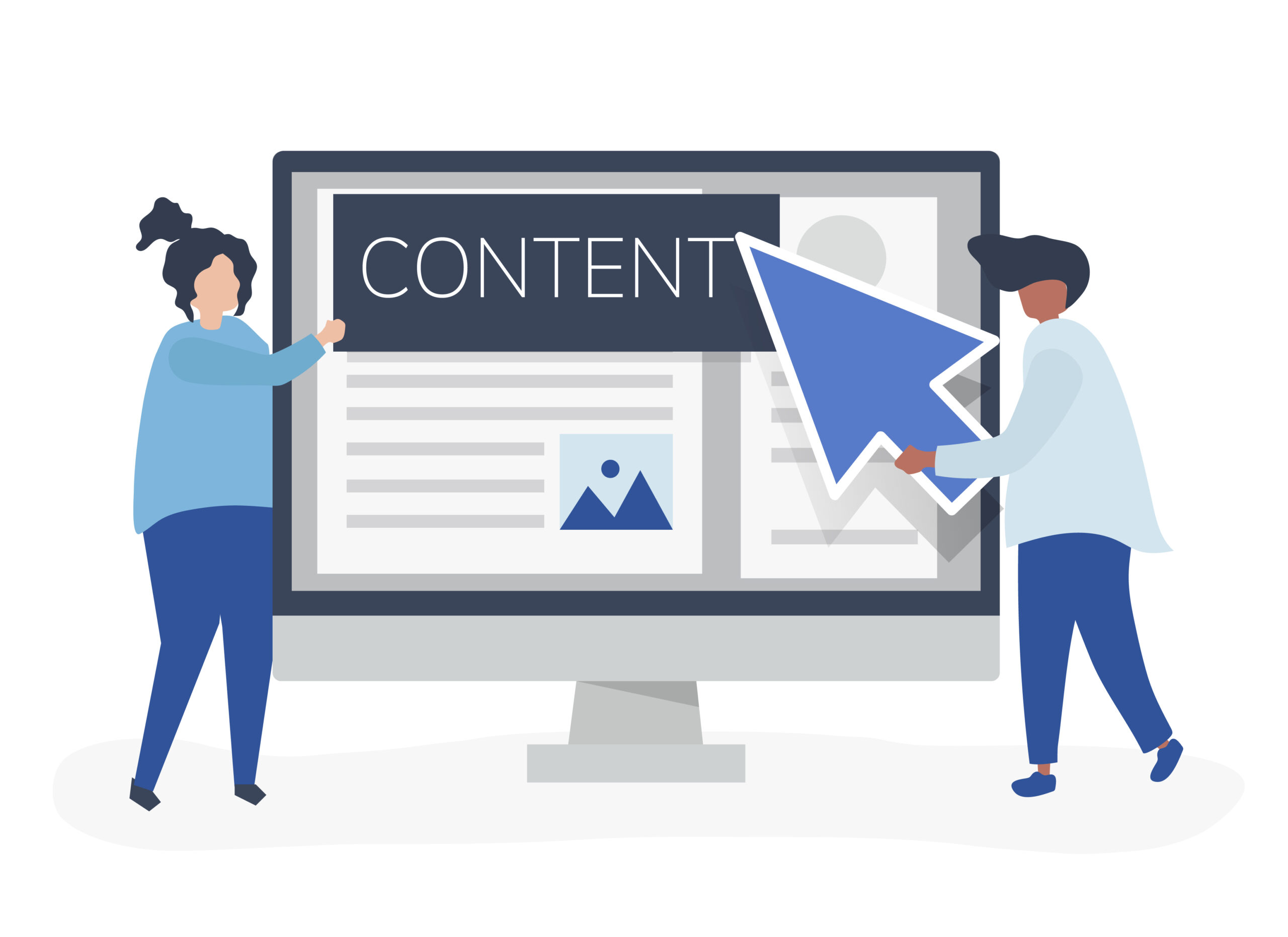
Creating High-Quality, Relevant Content
The cornerstone of any successful On-Page SEO strategy is creating high-quality, relevant content. By providing valuable and unique information that meets the needs of your target audience, you can establish yourself as an authority in your industry and improve search engine rankings. Incorporating keywords naturally within the content and ensuring it is well-structured and engaging can further enhance its effectiveness.
Keyword Placement and Density
Strategically placing keywords within the content is essential for On-Page SEO. However, it is crucial to maintain a natural flow and avoid keyword stuffing, as search engines penalize websites for such practices. Aim for an optimal keyword density of around 1-2% and ensure that the keywords are relevant and seamlessly integrated into the content.
Utilizing Multimedia and Visuals for Engagement
Including multimedia elements, such as images, videos, and infographics, can significantly enhance the user experience and engagement on your website. Relevant visuals not only break up the text but also improve overall page quality. Additionally, optimizing the alt text, captions, and file names of images can provide additional SEO benefits by making them more discoverable to search engines.
Image Optimization for On Page SEO

Importance of Image Optimization
Image optimization is a critical aspect of On-Page SEO that often gets overlooked. Properly optimized images can enhance website speed, improve user experience, and make your content more accessible to users with visual impairments. By compressing images, choosing the right file formats, and optimizing alt text, you can ensure that search engines can effectively understand and index your visual content.
Choosing the Right File Formats and Sizes
When it comes to image optimization, choosing the right file formats and sizes is crucial. Utilizing image formats like JPEG, PNG, or SVG can maintain the image quality without significantly increasing file size. Compressing images without compromising visual quality further contributes to faster page loading times, which is an important factor in SEO.
Utilizing Alt Text and Captions for SEO Benefits
Alt text and captions provide valuable opportunities for incorporating keywords and improving the accessibility of your images. Alt text acts as a textual description for search engines and visually impaired users, while captions provide additional context and engagement for users. Optimizing alt text and captions with relevant keywords can increase your website’s visibility and improve user experience.
URL Optimization for On Page SEO
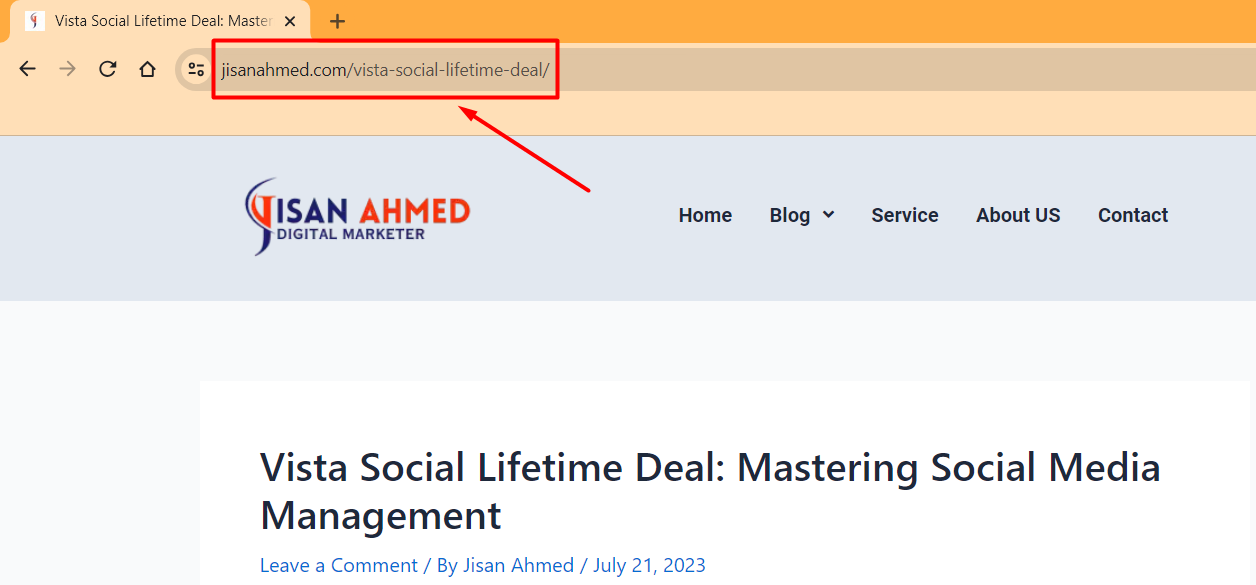
Significance of Clean and Descriptive URLs
Clean and descriptive URLs not only improve user experience but also contribute to On-Page SEO. Including relevant keywords in the URL structure provides search engines and users with clear information about the content of the page. Additionally, avoiding unnecessary parameters, session IDs, or dynamic URLs can make your URLs more readable and shareable.
Utilizing Canonical URLs to Prevent Duplicate Content
To prevent issues with duplicate content, it is important to utilize canonical URLs. Canonical URLs help search engines understand which version of a webpage should be treated as the primary source. By setting the canonical URL, you ensure that search engines consolidate ranking signals and avoid any potential penalties due to duplicate content.
Redirects and their Impact on SEO
When restructuring your website or removing pages, implementing proper redirects is crucial. Redirecting users and search engines from outdated or deleted pages to relevant and equivalent pages ensures a seamless user experience and prevents loss of search engine rankings. Utilizing 301 redirects, which indicate a permanent move, passes on the SEO value of the old page to the new one.
Internal Linking Strategy for On Page SEO
Benefits of Internal Linking
Implementing an effective internal linking strategy can offer several benefits for On-Page SEO. Internal links not only help search engines discover and index new pages but also allow users to navigate through your website easily. Moreover, internal links distribute link authority throughout the website, improving the ranking potential of important pages.
Techniques for Effective Internal Linking
To create an effective internal linking strategy, consider linking to relevant and authoritative pages within your website. Ensure that the anchor text used for internal links includes relevant keywords, providing search engines with a clear understanding of the linked page’s content. Additionally, creating a logical hierarchy and avoiding excessive links on a single page can enhance the user experience and search engine visibility.
Avoiding Common Internal Linking Mistakes
While internal linking offers numerous advantages, it is important to avoid common mistakes. These include linking excessively or irrelevantly, creating confusing link structures, or over-optimized anchor text. To prevent any negative impact on user experience or search engine rankings, focus on providing value to users through relevant and contextually appropriate internal links.
Mobile Optimization and On Page SEO
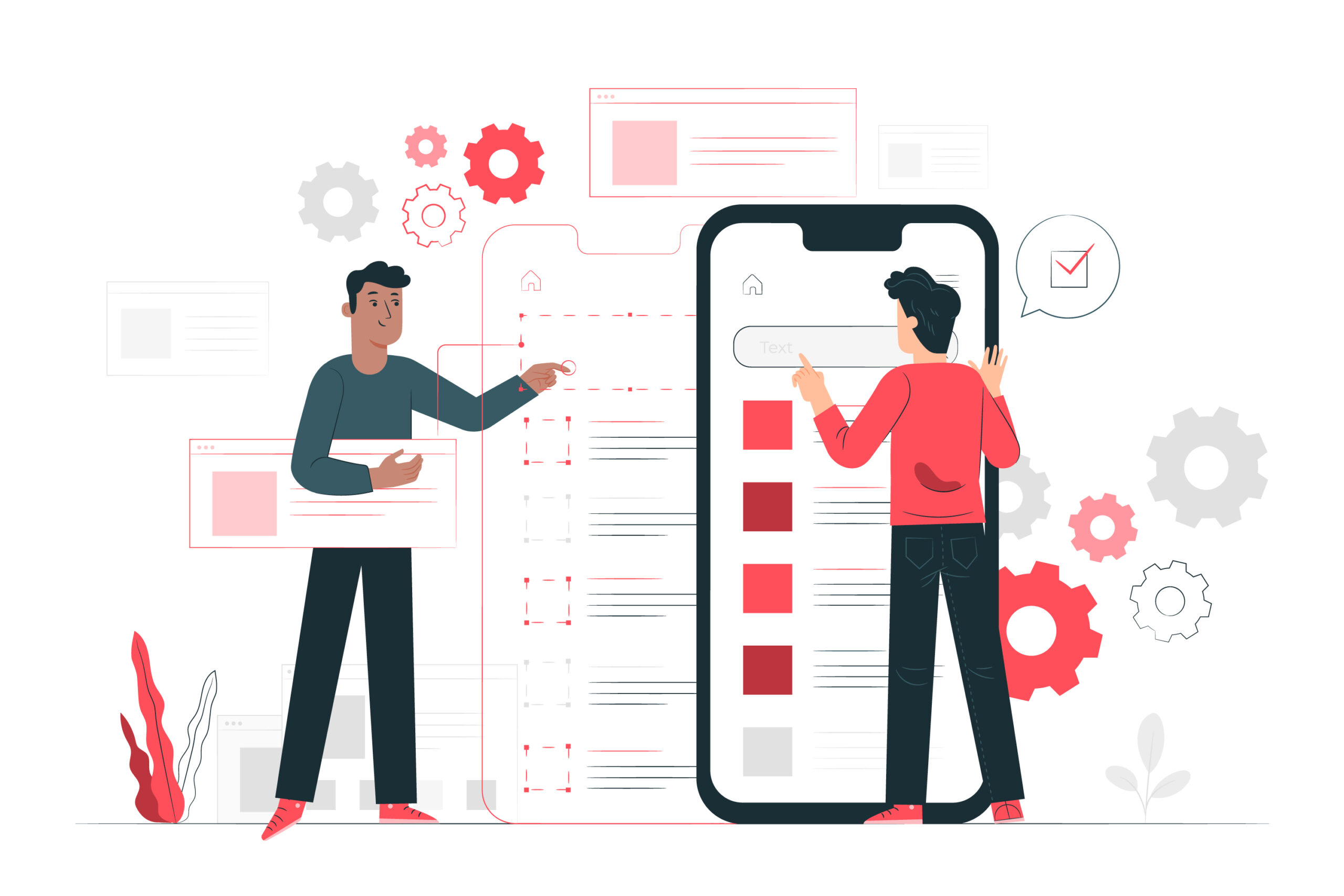
Rise of Mobile Searches and the Importance of Optimization
With the increasing use of mobile devices, mobile optimization has become a crucial aspect of On-Page SEO. Websites that are not optimized for mobile devices risk losing potential customers and experiencing lower search engine rankings. Optimizing your website for mobile devices enhances user experience, improves page load speed, and ensures that your content is easily accessible across different screen sizes.
Implementing Responsive Design for Mobile Users
Responsive web design is a technique that provides optimal viewing across various devices and screen sizes. By implementing responsive design, your website automatically adjusts its layout and content to fit different devices. This not only improves user experience but also sends positive signals to search engines, leading to better visibility and higher rankings.
Mobile Page Load Speed and SEO Impact
Page load speed is a critical factor for mobile optimization and On-Page SEO. Slow-loading mobile pages not only frustrate users but also negatively impact search engine rankings. Optimizing images for mobile devices, minimizing code, using caching techniques, and reducing HTTP requests are some effective ways to improve mobile page load speed and enhance overall website performance.
User Experience (UX) and On Page SEO
Factors Influencing User Experience
User experience plays a significant role in On-Page SEO. Factors such as website layout, ease of navigation, page load speed, and overall functionality directly impact users’ satisfaction and engagement. By focusing on providing a seamless and enjoyable user experience, you can increase the chances of users staying longer on your website, exploring more pages, and ultimately converting into customers.
Optimizing Navigation and Site Accessibility
Providing clear and intuitive navigation is crucial for enhancing user experience and improving SEO. A well-structured navigation system helps users easily find the information they are looking for, reduces bounce rates, and increases the likelihood of users exploring additional content. Additionally, ensuring that your website is accessible to individuals with disabilities is not only ethical but also improves overall user experience and search engine visibility.
Reducing Bounce Rates and Increasing Dwell Time
High bounce rates, which occur when users quickly leave a webpage without taking any action, can negatively impact On-Page SEO. By creating compelling and relevant content, optimizing page load speed, and improving overall user experience, you can reduce bounce rates and increase dwell time. Dwell time refers to the amount of time users spend on a webpage, which is an important ranking factor for search engines.
Schema Markup and Rich Snippets for On Page SEO
Introduction to Schema Markup
Schema markup is a structured data vocabulary that helps search engines understand the content of a webpage in a more detailed and granular way. By adding schema markup, you provide search engines with additional information such as ratings, reviews, and product details, which can enhance the visibility and click-through rates of your webpages.
Utilizing Structured Data for Enhanced SERP Visibility
By leveraging structured data and implementing schema markup, your website has the potential to appear in rich snippets and other enhanced SERP features. Rich snippets provide users with additional information directly in search results, attracting attention and increasing the likelihood of clicks. Utilizing structured data not only improves visibility but also provides more context to search engines about your content.
Setting Up Rich Snippets for Better Click-Through Rates
To set up rich snippets, you can utilize various schema markups depending on the type of content on your webpages. Whether it’s a recipe, event, product, or review, implementing the appropriate structured data can help search engines create rich snippets that stand out in SERPs. This can result in higher click-through rates and increased organic traffic to your website.
Page Speed and On Page SEO
Impact of Page Load Speed on SEO
Page load speed is a crucial factor in On-Page SEO and directly affects user experience. Slow-loading pages not only frustrate users but also receive lower search engine rankings. Search engines prioritize websites that provide fast and seamless browsing experiences, making page speed optimization essential to improve visibility and overall SEO performance.
Techniques to Improve Page Speed
To improve page speed, several techniques can be implemented. Compressing images, minimizing code, leveraging browser caching, and utilizing content delivery networks (CDNs) are effective ways to optimize page load speed. Regularly monitoring and optimizing your website’s performance ensures that it remains fast and accessible to users, contributing to better search engine rankings.
Optimizing Images and Minifying Code for Faster Loading
Optimizing images for web is an essential step in improving page load speed. This includes resizing images to the appropriate dimensions, compressing them without losing visual quality, and leveraging lazy loading techniques. Additionally, minifying code by removing unnecessary characters, reducing file sizes, and optimizing scripts can significantly enhance overall page speed and user experience.
Monitoring and Analyzing On Page SEO Performance
Importance of Tracking SEO Metrics
Tracking and analyzing On-Page SEO performance metrics is essential to improve and refine your strategies continuously. By monitoring metrics such as organic traffic, keyword rankings, bounce rates, and conversion rates, you can identify areas for improvement and make data-driven decisions to optimize your website’s visibility and overall digital marketing success.
Tools for Monitoring On-Page SEO
There are several tools available to monitor and analyze On-Page SEO performance. Google Analytics provides a comprehensive view of website traffic, user behavior, and conversion data. Additionally, SEO-specific tools like Moz, SEMrush, and Ahrefs offer in-depth insights into keyword rankings, backlinks, and other metrics related to On-Page SEO performance.
Analyzing Data for Continuous Improvement
Analyzing the data collected from various tracking tools allows you to identify trends, patterns, and areas requiring optimization. By analyzing the performance metrics, you can make informed decisions on keyword targeting, content creation, and overall website optimization. A continuous improvement approach based on data-driven insights helps refine your On-Page SEO strategies for better results.
